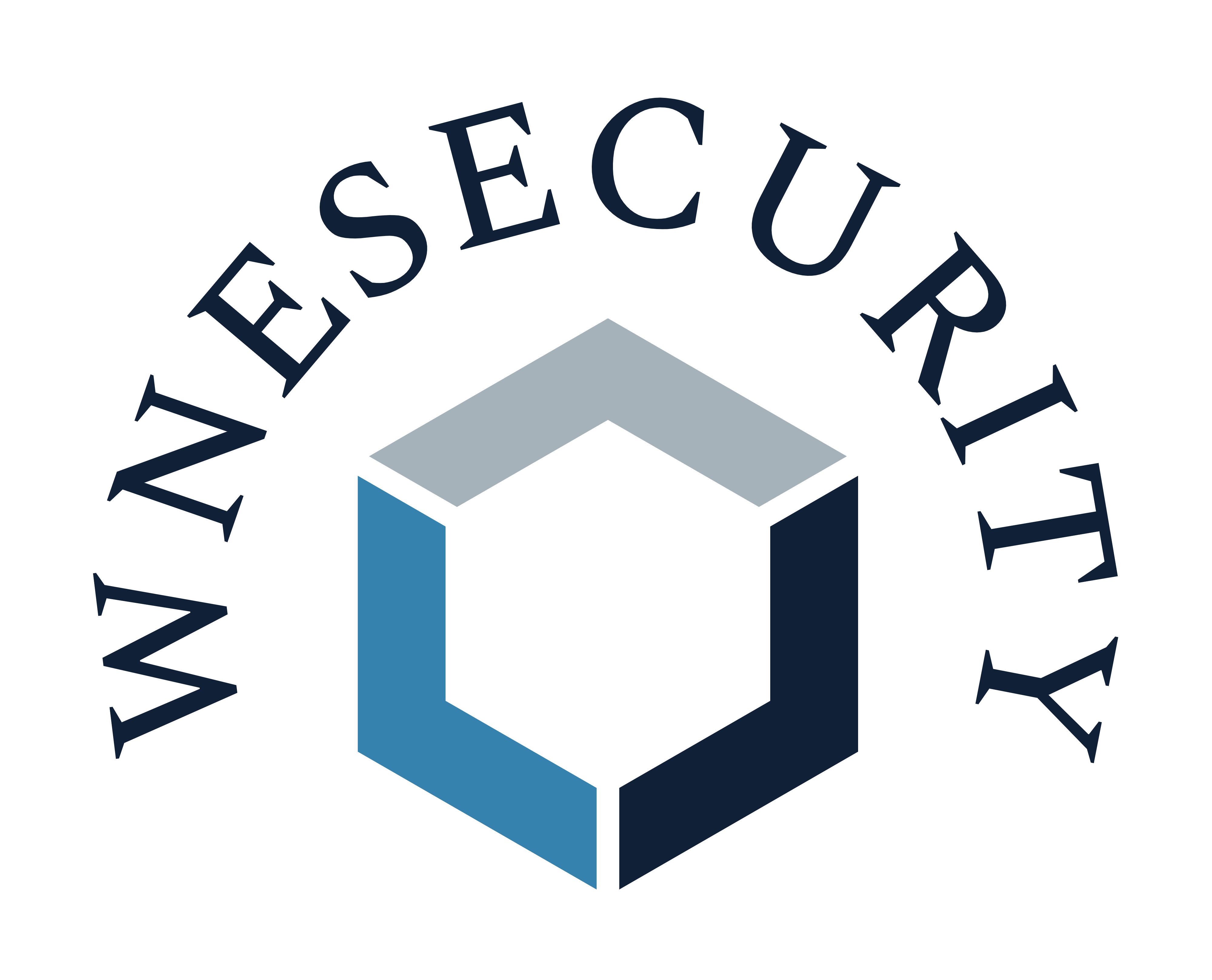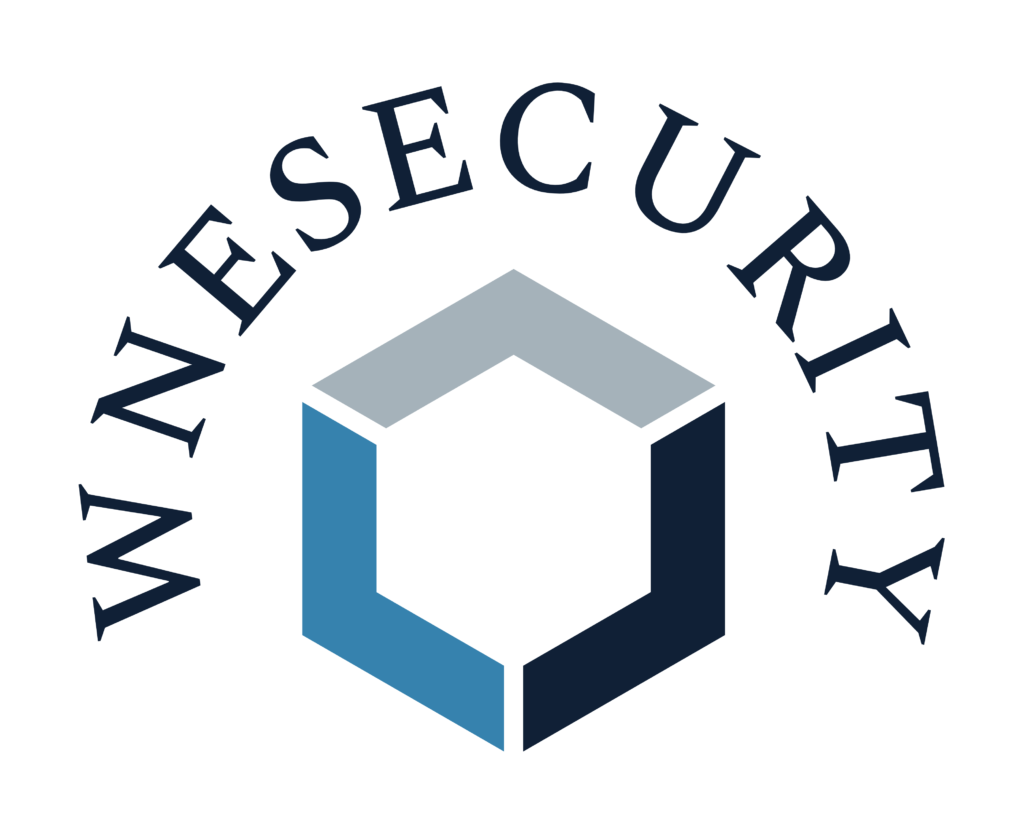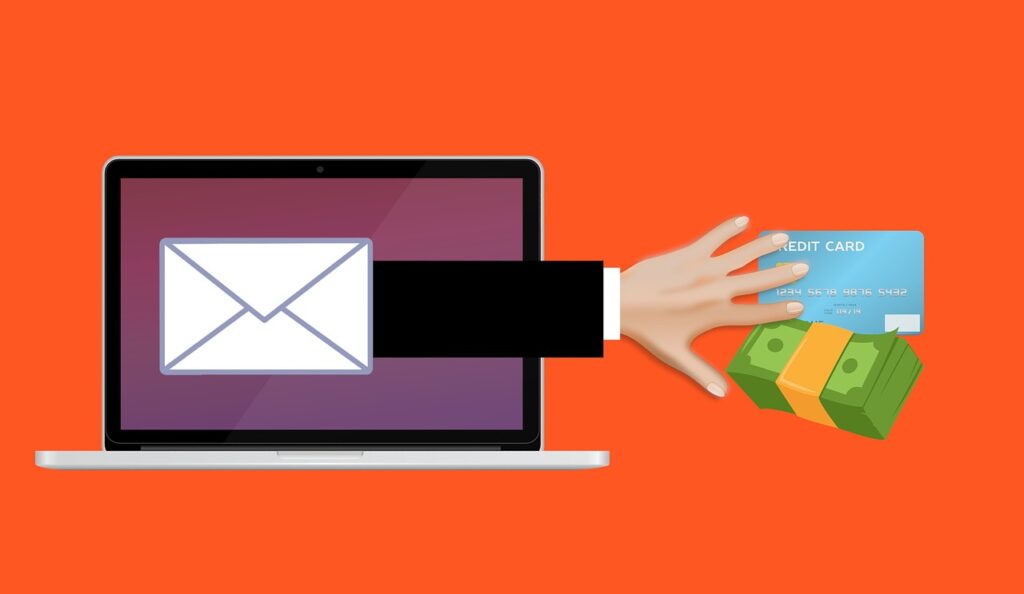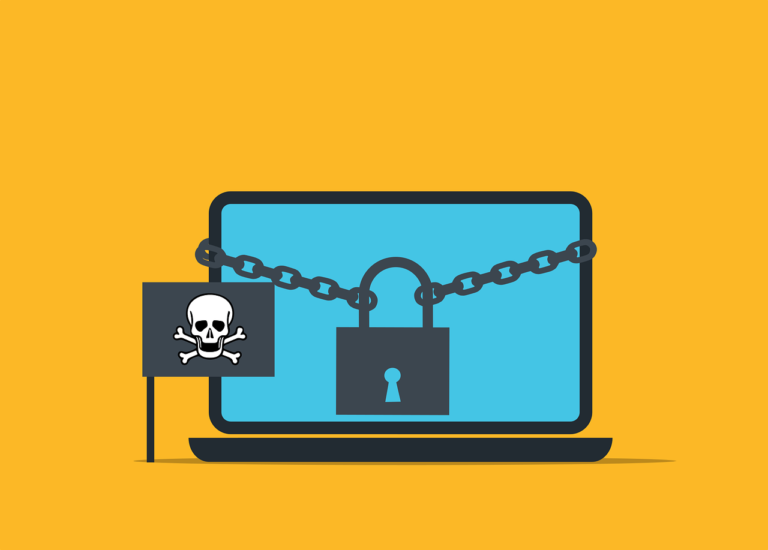WNE Security News
The most important cyber news to stay up to date with
What to Do If My Computer Is Hacked? 21 Steps To Get Back Control

WNE Security Publisher
1/10/2023

Have you or do you suspect that you have been hacked? If so click the button bellow to learn more about how we can help you today!
So you have been hacked, and you started asking yourself “What to Do If My Computer Is Hacked?”. Well first its important to know if you actually have been hacked or not. Many people can get awfully paranoid with their computers getting hacked, for good reason! This article will not talk about how to tell if you have been hacked but will talk about how to fix your situation after a hack. To learn how to tell if you have been hacked Click Here. Assuming you actually were hacked, here are steps on what to do in order to detect and remove any malware on your computer.
NOTE: If you are unsure of your tech abilities please do not proceed and leave this matter to the experts. You can get in contact with one of our representatives for free today by Clicking Here to receive expert help. Also, these steps provided are likely overkill but if it helps you sleep better at night then its the right thing to do.
Step 1:
Report the crime here https://www.justice.gov/criminal/criminal-ccips/reporting-computer-internet-related-or-intellectual-property-crime The FBI and DOJ can help you find the people responsible for this hack and most importantly, they can help you clear digital activity the hackers did while using your account.
Step 2:
If you have a computer that is connected to your wifi, download https://www.eset.com/us/home/online-scanner/ This is a free scan that can help find and clean any viruses.
Step 3:
Upgrade to the latest OS version you can for your phone and computers. Make sure to double check there are no earlier versions after you update for the first time since sometimes the OS will not let you jump to the latest version on your first go.
Step 4:
After this upgrade your firmware to the latest version on your computer. You can do this by typing in system updates, dell updates, or it could be called something else depending on your computer’s manufacturer. Like the last step, make sure to double check there are no earlier versions after you update for the first time since sometimes the firmware will not let you jump to the latest version on your first go.
Step 5:
Disconnect all devices from your Wifi by turning the Wifi option off. This includes any smart device you have that are connected to the Wifi.
Step 6:
Take a note of your router configuration, if you never configured your router then no need to do this, and factory reset router. A router factory reset is a very simple process that will only remove your custom configurations, and malware… If you don’t know how to factory reset your router, search “how to factory reset <Insert Router Name>” or you can tell me what type of router you have and I can explain it to you. Once this step is completed don’t reconnect devices to the router yet, and make sure to use a different and strong Wifi password and router password. You can do both of these by typing in your default gateway into a search bar while connected to the Wifi.
Step 7:
on your browsers, delete any extensions you may have that you either do not use or are not 100% sure are safe.
Step 8:
For your computers do the following. 1) Run the ESET full scan with cleaning 2) After ESET scan finishes and assuming you have windows, run a full scan and then an offline scan which can be found by typing windows security in your taskbar search bar, then clicking windows defender.
Step 9:
This step is likely overkill and I do not recommend doing this however if you truly are still paranoid that your computer is hacked you can do a factory reset or go to a computer repair store and ask for a new hard drive with your OS installed or reimage your existing hard drive. Obviously you will lose all data saved on your drive but it is a sure fire way to know for sure that your computer is not hacked.
Step 10:
Its very rare for a phone to become infected, unless it is Jailbroken, however it is possible. First make sure you did step 3. Next, look through all your apps and delete any that you do not use or are not 100% sure are safe. Using cellular data, download the latest updates for the apps you are deciding to keep. Go through your privacy settings for all your apps and make sure that they only have access to things you want them to have access too. Note: there is not virus scanners for phones so don’t get tricked into paying for or downloading any phone AV scanners.
Step 11:
Like step 9, this step is likely overkill and I do not recommend doing this however if you truly are still paranoid that your phone is hacked you can do a factory reset. Like I mentioned, malware on your phone is incredibly rare on non jailbroken phones so you really don’t need to do this but if you have no sensitive data on your phone and want to be 100% sure you can do this.
Step 12:
Reconnect your devices to your Wifi.
Step 13:
Pat yourself on the back and smile 🙂 You have almost completely vanquished the hacker from your life and only need to do a little bit more to fully beat them.
Step 14:
If your phone number is hacked like you said, this would mean that you were the victim of a sim swap attack. If this is true, then you would not be able to send messages via your phone since only one valid sim card can exist. If this is true and you cant send texts or make calls, then contact your service provider and inform them of the situation. They will be able to deactivate the hackers copy of your sim card and send you a new one.
Step 15:
Get a VPN before completing the next steps. You do not need to keep this VPN or use it after completing the following steps. A decent free VPN is “Proton VPN” and will work just fine for the following steps. You only need VPN for step 16-20
Step 16:
Get a password manager and authenticator app. I recommend Bitwarden password manager and Microsoft authenticator app however there are 100s of good options out there so feel free to use whichever works for you. Just don’t use Lastpass or your browser built-in password manager. Note: for your password manager, use a very long and unique password that you have never used before.
Step 17:
Now for your online accounts, start with your google account and log into it. Change your password using a randomly generated password from password manager (at least 14 characters long), remove all trusted and signed in devices, then enable 2 factor authentication using your authenticator app. Don’t use voice or SMS as your MFA.
Step 18:
Look through the activity on your account to see what the hacker might have done and do any appropriate action to fix it.
Step 19:
For all online accounts, ALL ONLINE ACCOUNTS, Change the password using randomly generated password from password manager (at least 14 characters long), remove all trusted and signed in devices, then enable MFA if applicable. Note: Don’t forget your Banking account.
Step 20:
Look through the activity on your account to see what the hacker might have done and do any appropriate action to fix it.
Step 21:
Contact your bank and request to have cards disabled and order new cards. If hackers accessed any accounts with banking info this is a crucial step. Make sure to review any recent transactions to verify no fraud took place.
Lastly, if you are still worried or need expert help, Click Here to speak with a WNE Security expert today who can aid you through this process and help you with any other problems that were not resolved in this article.
Learn more about WNE Security products and services that can help keep you cyber safe.
Learn about WNE Security Incident Response Service and how it can help keep you cyber safe.

Stay updated with WNEsecurity’s news section for the latest in cybersecurity trends, threats, and protection measures.



